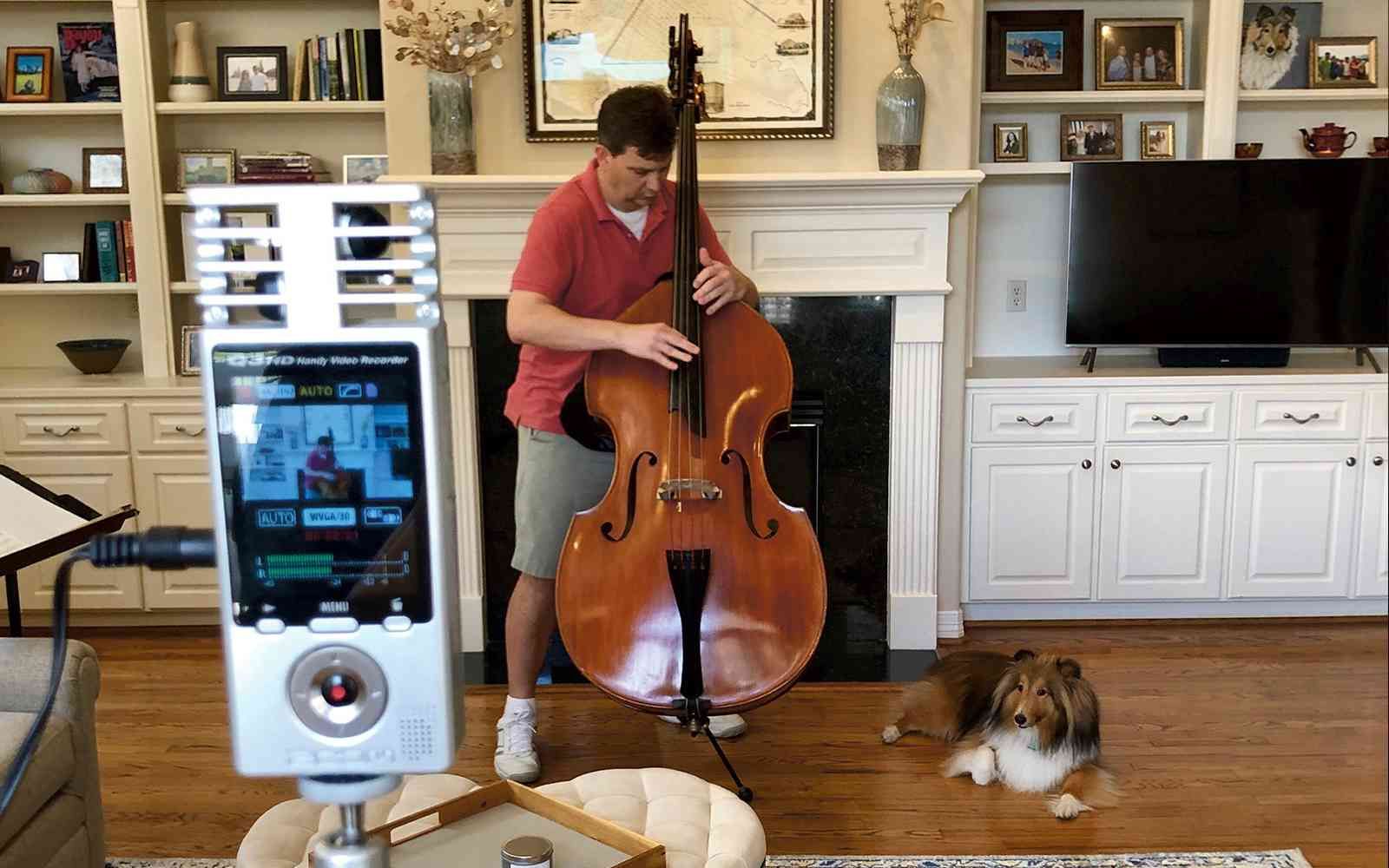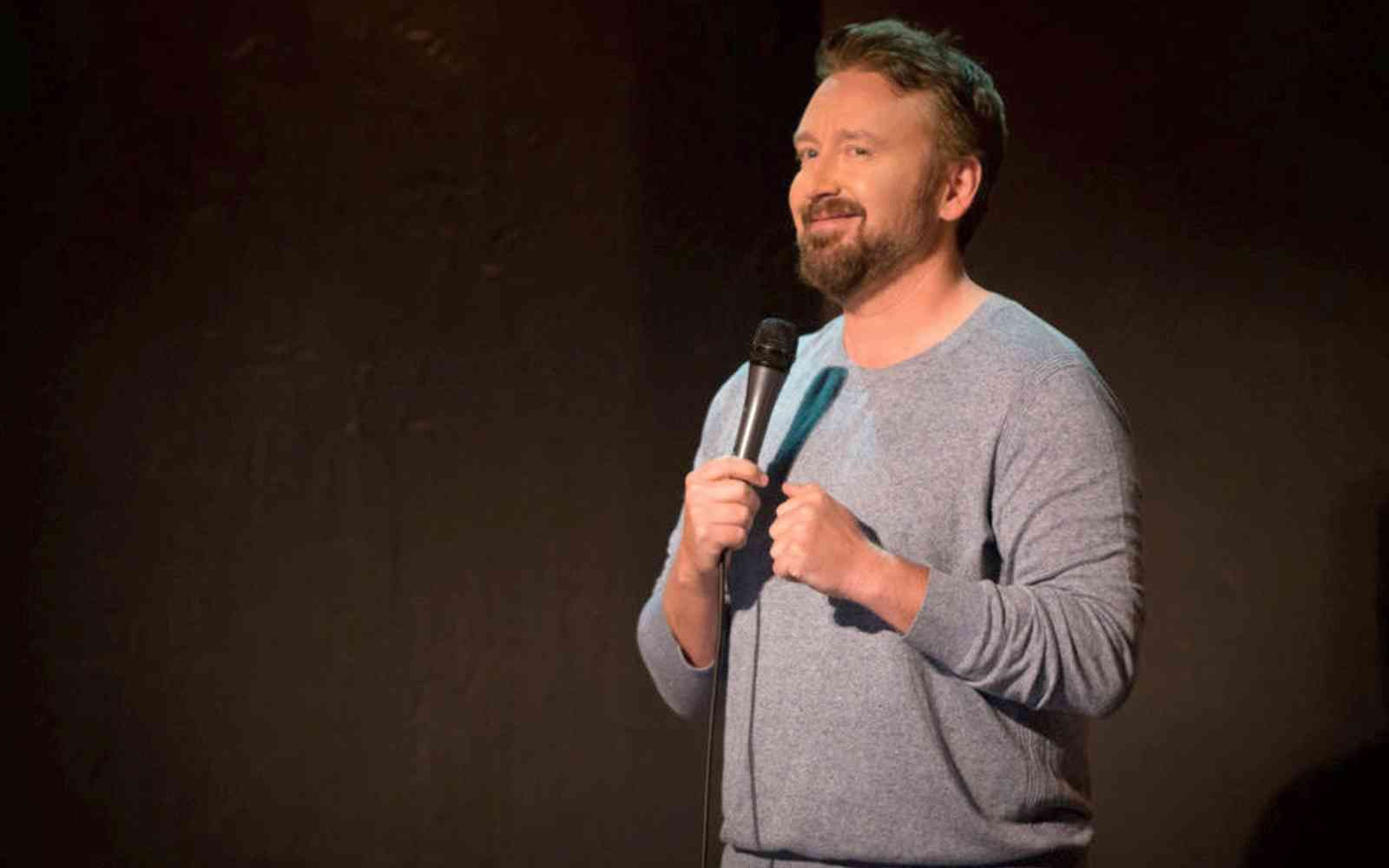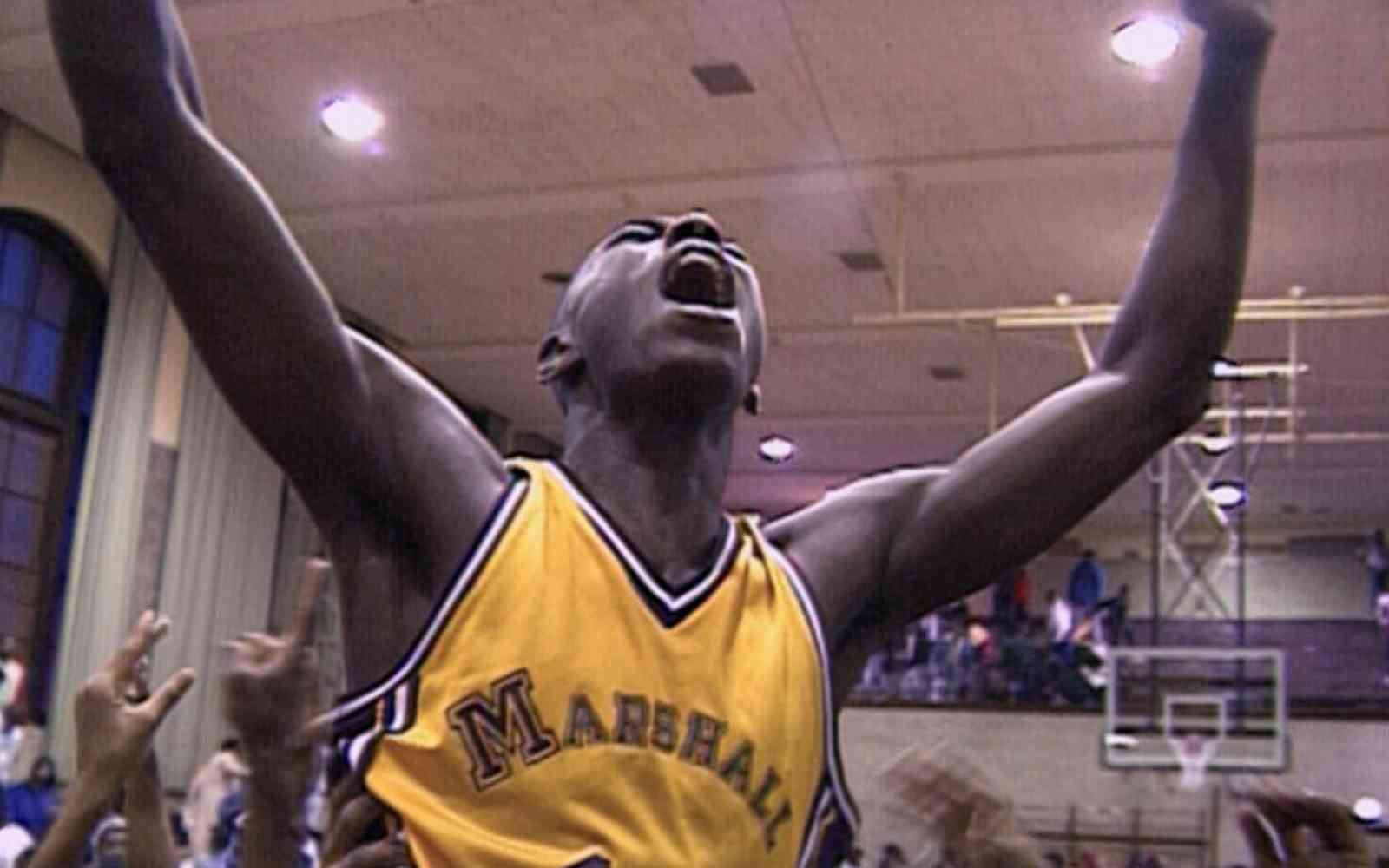Now in its 13th year, the Wabass Institute has become a place where bass players can hone their skills.
The institute is located at the Honeywell Center in Wabash and was cofounded by bass player Ranaan Meyer, who had long wanted to take his bass instruction to another level.
A member of the touring group Time for Three and a performer of international renown, Meyer wanted to establish a scholarship program with an intensive approach to his already busy schedule.
Meyer hoped he could make an impact on students of the double bass, helping others move to the next level of their musicianship. He had the dream, but it took someone else to help him set the wheels in motion.
AlL About that Bass camp
“About 14 years ago, I was touring with Time for Three which features two violins and one bass,” Meyer said. “I play the bass and also sing, and we had come through Fort Wayne to play with your orchestra. I was told that Richard Ford wanted to meet with me at his property at Charley Creek. He was a well-known philanthropist from Ford Water Meter Company. He’d heard about us and wanted to meet us.”
Along the way, Meyer had told friends of his dream to open a bass camp of some kind. Eventually he heard from Ford again, asking him to come to meet with him in his home office in Wabash. Meyer knew little of Ford or the family’s looming presence throughout Wabash.
“It seemed a little unusual to meet with him in this office, but for some reason I trusted him,” Meyer said. “He tells me he wants to have a bass camp, and we should do it here. I was a little concerned at first because I thought he meant there in his small office. But then he started to talk about the Charley Creek properties, and he said that he definitely wanted it to be a scholarship program because students are already in so much debt from loans. As soon as he said scholarships, I knew we were on the same page.”
Ford put up half of the funding, and Meyer raised the rest from Harry Halloran from the American Refining Group.
The Sharing of Knowledge
Mayer refers to the learning style of the Wabass Institute as The Sharing of Knowledge.
“There’s not really a hierarchy,” he said. “It’s just putting us all in a retreat, and we all learn from one another. It empowers everyone to get better and just blows us up in a wonderful way. It’s amazing what you can learn in a week even if you’ve gone to a conservatory program. It helps them make a mindshift and to practice more efficiently. We have a really good track record.”
Typically each session would last for one week in June, with nine participants — chosen from the many applications they receive each winter — spending a week in intensive learning. This year, the formula has been different.
“We started to realize it might not be possible to do that this year with people staying home,” Meyer said. “We decided we didn’t want a contingency plan. We wanted to move forward and make the plan for what this year’s program would be regardless of what was happening by this time. We brought in IT services and began planning a month long program on Zoom.”
Virtual Advantages
Although different, Meyer has found some definite advantages to this year’s approach.
“There have been a lot of positive takeaways,” Meyer said. “We’ve been able to maximize the potential. At the end of each week we have them make a video of what they want to work on. It’s a lot like an athlete watching game videos. A quarterback will watch or a coach will watch and analyze what they’re doing and how they can improve. That’s exactly what we’ve been able to do this year. We might say ‘Look at 2:22 on the video and see what you’re doing with your bow arm.’ With the video playback, we’re able to have different angles, isolate things, blow them up. We can really look at things closely. There’s a lot of pressure – in a good way – for results, and some of these things we’re able to do now, we weren’t able to put together live.”
The video format has also allowed the group to perform for a hospital in Indianapolis and, in partnership with the Honeywell Foundation, to perform for a Chinese audience of more than a million, something that would not have been possible without the switch to video format this year. In fact, it’s gone so well that things will likely look different even after the current restrictions are gone, which will hopefully be the case for next year.
“We aren’t going to do a 180 degree turn back,” Meyer said. “I see a hybrid in the future, taking what we’ve learned this year and implementing it into what we did before. It won’t be quite the same because we can now look at things more ideally and see how we can take the best from each approach.”




